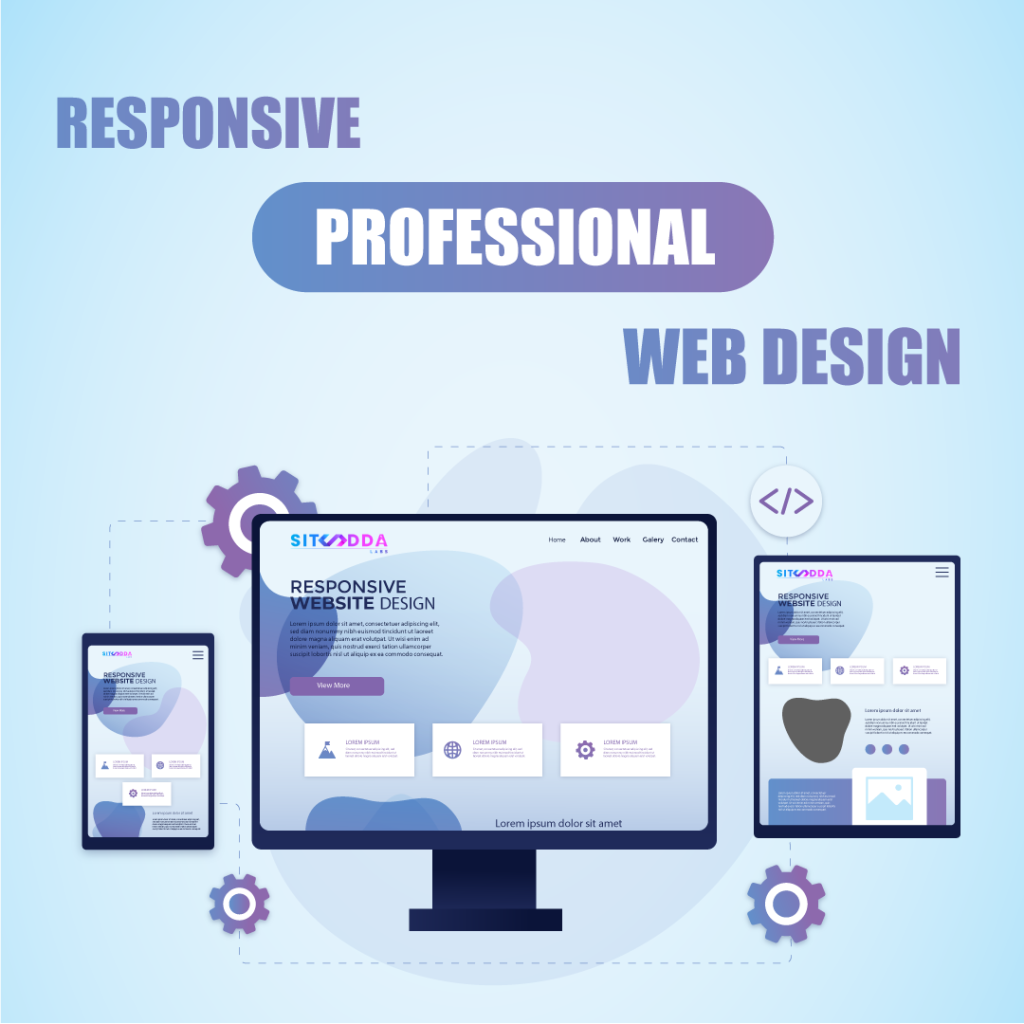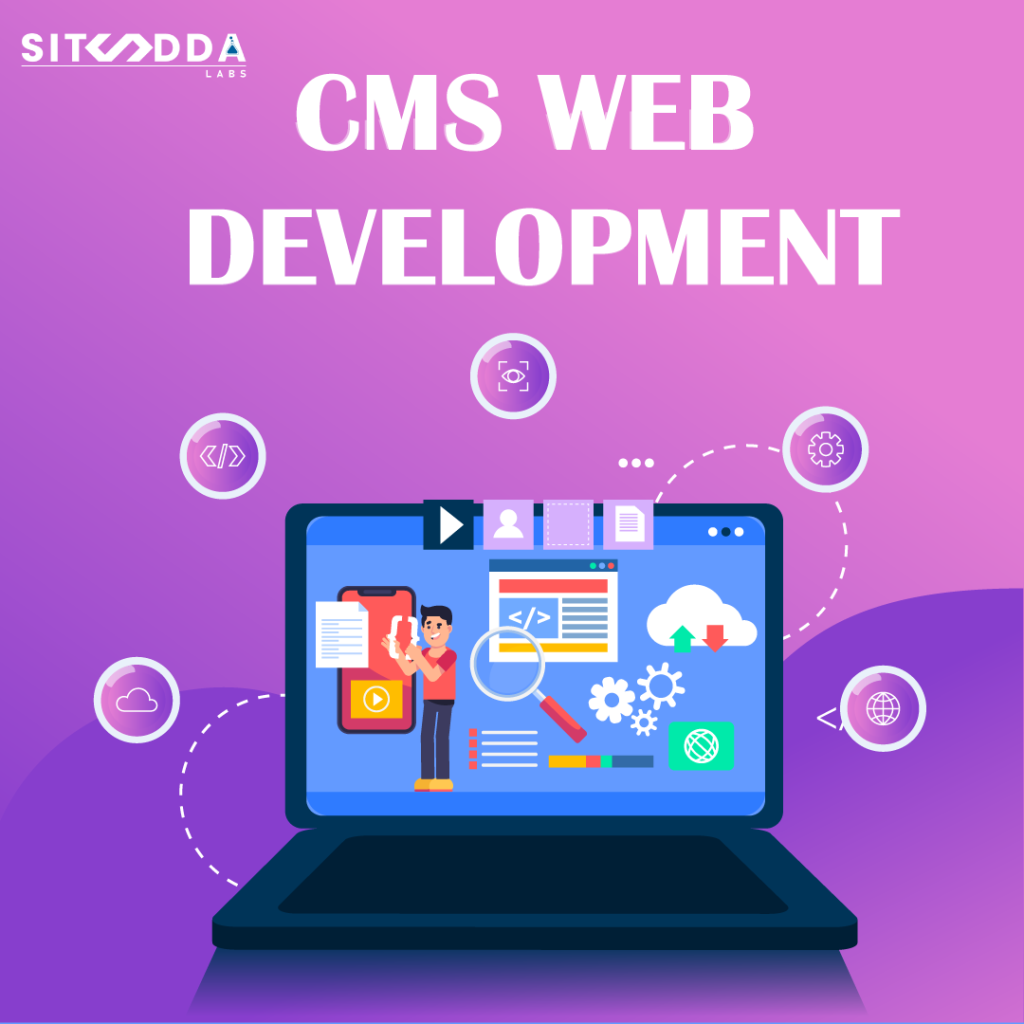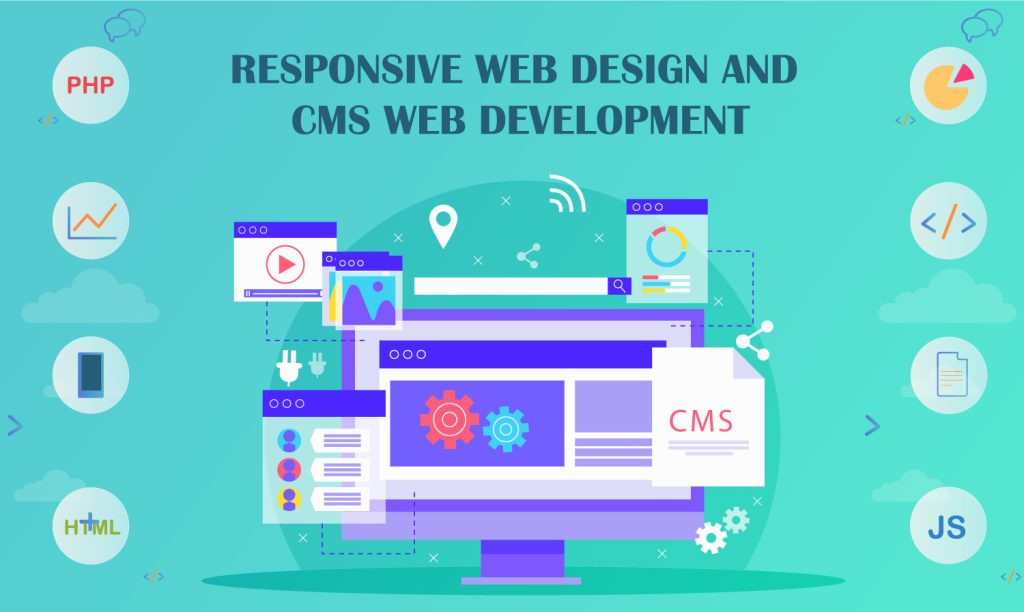Responsive Web Design
Responsive Web Design (RWD) is a web design approach that ensures websites provide an optimal viewing and interaction experience across various devices and screen sizes. The goal of this strategy is to produce adaptable elements, scalable pictures, and flexible layouts that work well on any device—desktop, tablet, or smartphone.
Core Principles of Responsive Web Design
- Fluid Grid Layouts : Allows items to change size in relation to the screen size by using proportion-based grids rather than fixed-width layouts.
- Flexible Images and Media : Makes certain that media, including pictures and videos, scale or adapt to fit inside their containers without undergoing any deformation.
- Media Queries : CSS rules that use particular styles according to the traits of the device, including screen size, resolution, or orientation.
- Mobile-First Design : A method whereby design and development start on mobile devices and advance to larger screens for a method of gradual improvement.
Benefits of Responsive Web Design
- Enhanced User Experience (UX): Makes content accessible on all devices and offers consistent navigation.
- SEO Advantages : Websites that are responsive and mobile-friendly are given preference by search engines like Google, which raises their rankings.
- Cost-Effectiveness : Eliminates the need for distinct desktop and mobile websites, saving money on creation and upkeep.
- Broader Reach : Engages users efficiently on a variety of screens and devices.
- Future-Proof Design: Adjusts to changing device capabilities and screen sizes.

Key Techniques in Responsive Web Design
- Viewport Meta Tag : Controls the scaling and display of content on mobile devices.
- Relative Units : For adjustable element sizing, use percentages, em, or rem units.
- CSS Frameworks : The process of creating responsive layouts is made easier by programs like Foundation and Bootstrap.
- Testing Across Devices : Uses tools like Browser Developer Tools or platforms like BrowserStack to make sure the design functions flawlessly across a range of devices.
Common Use Cases
- E-Commerce Websites : Makes sure that desktop and mobile shopping runs smoothly.
- News and Blogs : Allows people to view and access content on any device.
- Corporate Websites : Gives clients and stakeholders a polished, flexible interface.
- Portfolio Sites : Ensures creative work is displayed effectively on all devices.
In web development, Responsive Web Design has become a crucial technique that guarantees websites stay usable, accessible, and aesthetically pleasing no matter how users access them.
CMS Web Development
CMS Web Development refers to the creation and management of websites using a Content Management System (CMS). A content management system (CMS) is a software platform that lets people produce, edit, manage, and publish digital material without the need for sophisticated web development or coding expertise. CMS technologies make site construction easier by offering pre-made templates, an intuitive user interface, and tools for effective content management.
Key Features of CMS Web Development
- Ease of Use : Non-technical people can easily manage website content because to intuitive interfaces.
- Customization : Provides modules, plugins, and themes to alter functionality and appearance.
- Content Management : Makes it possible to manage text, photos, videos, and other media effectively.
- Scalability : Both small blogs and major business websites can use it.
- SEO-Friendly : SEO features are included into many CMS platforms to maximize search engine presence.
- Responsive Design : Allows for responsive and mobile-friendly website designs.
- Collaboration : Gives different users different levels of access to work on the same website.

Popular CMS Platforms
- WordPress : Most widely used CMS, known for its flexibility and extensive plugin library.
- Joomla : A robust platform for more complex websites, including e-commerce.
- Drupal : A highly customizable CMS for complex and large-scale websites.
- Shopify : A CMS focused on e-commerce and online stores.
- Magento : Another e-commerce CMS, designed for scalable and feature-rich online stores.
- Wix/Squarespace : Drag-and-drop CMS platforms ideal for small businesses and personal projects.
Advantages of CMS Web Development
- Reduces development time and cost.
- Empowers non-developers to manage and update their websites.
- Provides security features and regular updates.
- Facilitates integration with third-party tools and services.
- Enables quicker content publishing and updates.
Typical Use Cases
- Personal blogs
- Business websites
- E-commerce platforms
- News and magazine sites
- Portfolios and galleries
- Educational platforms
By streamlining the process of building and managing websites, CMS web development gives developers freedom while opening up the process to a wider audience.

